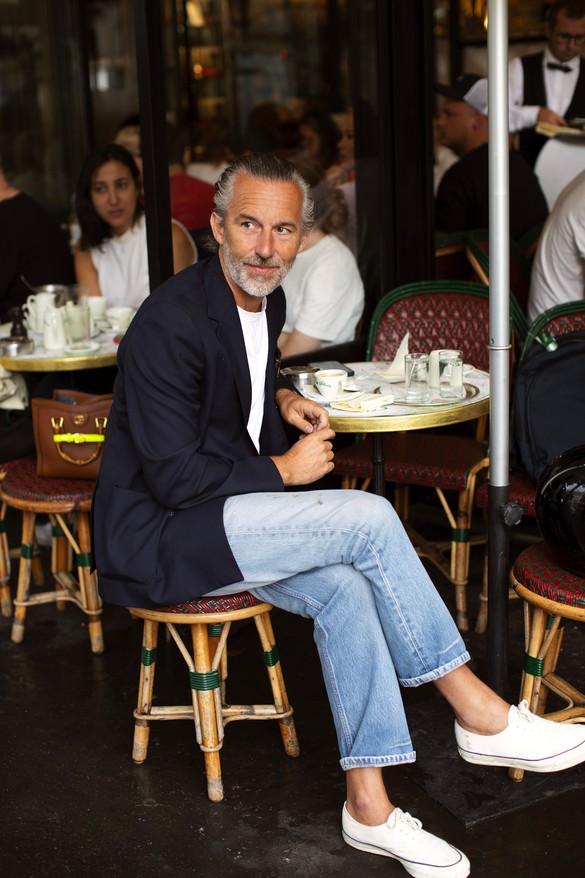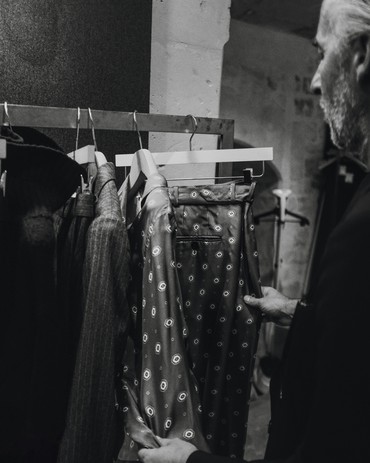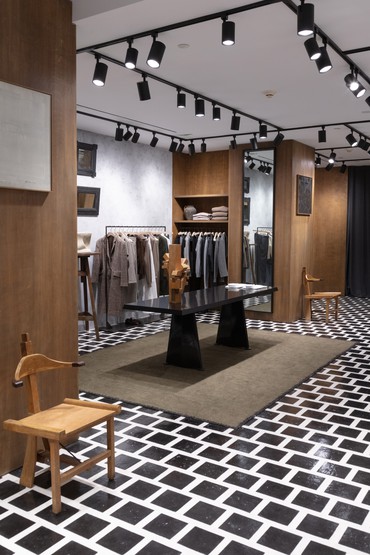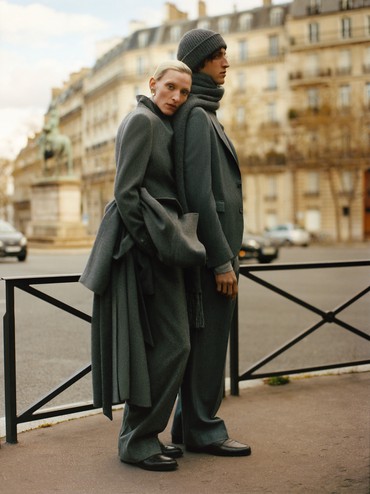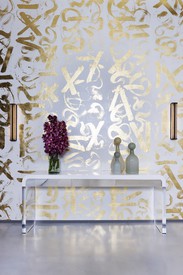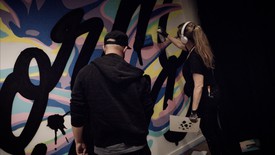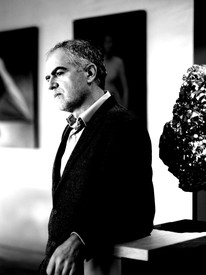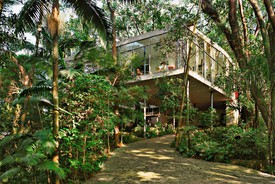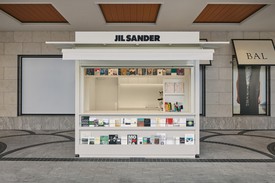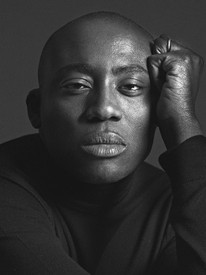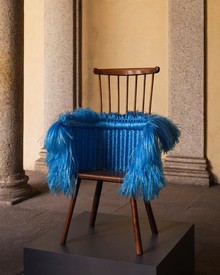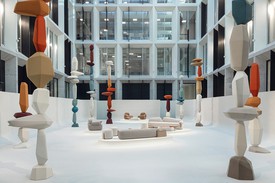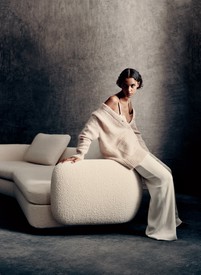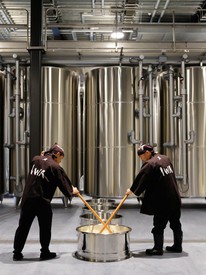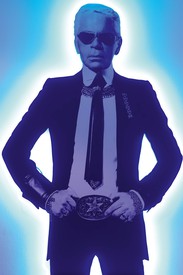
Wyatt Allgeier is a writer and an editor for Gagosian Quarterly. He lives and works in New York City.
Wyatt AllgeierYou launched Officine Générale in 2012. To go back in time, could you tell us about your education and career? What was the path that brought you to initiating this company?
Pierre MahéoMy education was more self-made; I understood quickly that the things I wanted to learn wouldn’t be taught in a four-year process at school. I was more inclined to work than to study—this has always been the case. Being close to reality, to the ground, and being able to work was very important. And in France, we talk about compagnons, which are like apprenticeship-to-work programs where those pursuing a craft learn very precisely from masters: how to cut the wood for a sculptor or how to work with marble, metal, or stone. I approached my education like this, working in different companies at different positions. From the technical and design side to the more commercial departments, like marketing—I was preparing myself to be able to fully handle the development of a company.
All of this translated into practice when I started the company in 2012. I started it on my own, completely, with the urging of my wife, Nina, who gave me the confidence to really commit. I started from my kitchen table, and I was able to do the collection, the production, and the commercial side for almost two years truly alone, doing everything, which allowed me to self-finance the development and to open the first store in 2014, eighteen months after the brand was created. The focus was to have retail as soon as possible, because a physical connection with the product was really important to me.
WAWere design and fashion important to you from a very early age, or did it develop later?
PMNo, that was very early. My father and grandfather were oyster producers with a very straightforward fashion vocabulary: deck shoes, denim, chinos, limited color palette, one navy blazer, one gray suit when they had something more official. And my grandfather on my mother’s side was a tailor. At one point, he had six stores where they were selling fabrics, English wool, Italian jersey, camel hair, cashmere, and so forth, as well as the tailoring atelier. He was very specific on what he was wearing, as well. There was a summer and a winter wardrobe with everything classified by color, ties that would go for summer or ties that would go for winter, the shoes at the bottom, the coats. It was beautiful, very outfit-driven.
WAYou grew up with this language of fabric and material. To hear you speak and to read your collection statements, you know your materials well. Do the fabrics come first in the process, or does the inspiration derive from some other element?
PMIt’s a combination. If you want to do a good coat, you need to have the right material and the right shapes and the right workmanship. You see often some style very nicely executed, but then the material is not right, and so it’s not the right garment. Clearly, for us, the material has a key importance. We have been very strict on the material we’ve been using for years now and very loyal to certain producers in Europe—I don’t think it’s an obsession or anything, but I feel when you find something that lasts and that you can rely on, the customer will develop a loyalty.
WAThis commitment to cohesion across your collections is echoed in your stores: They are unmistakably Officine Générale. How do you approach the retail side of the brand?
PMI was, from the start, against the box concept. It is never about duplication, but you’re right about the cohesion. We opened nine stores in the last two years. All of them are different, because, like customers, these buildings have their own specificities. I don’t think it makes sense to fight against these unique elements. There is a sense of respect and trying to match with the code of the city or the building and trying to be efficient, ecologically and in terms of schedule, as well. In our approach, I think a lot about designers like Charlotte Perriand and Jean Prouvé. Of course, now their work commands huge prices, but in their working lives, they were designing and building with a more democratic mindset. And they held a clear sense of aesthetic rules and principles, which they allowed to evolve with each new challenge. It was not something elitist—you have an idea, and you stick to it. It’s not that they went in 250 different directions and ideas. There was one test, one idea, one look.
WAI see that drive across your output.
PMI’ve been dressing in a consistent manner, more or less, all my life, and I don’t think I’m out of fashion, yet [laughs], and I don’t think the customers are. It’s your look, your uniform, your identity. I was at a Van Gogh exhibition in Paris recently, and you could see the last period of his life was completely committed to refining his technique and palette. He was not working in twenty thousand techniques; there was one that he was mastering until he found the right angle and perception.
WAIn terms of growth, what do you hope to do in the next five years?
PMToday, we do 100 percent of the business with ready-to-wear. If you look at the majority of brands, they do between 60–90 percent with accessories, bags, and shoes. All the luxury groups are in that range of 75–82 percent. That’s something we want to address, not automatically because of the business behind it, but more in terms of finishing a silhouette and getting a point of view on the category, which is something very different. But the idea is to grow the business ethically, as we have been doing all along. We don’t want to reinvent the world and be a global brand that’s got to talk to everyone. No way. I mean, we are pretty niche, and we want to stay niche in a dignified way.
Photos: courtesy Officine Générale
